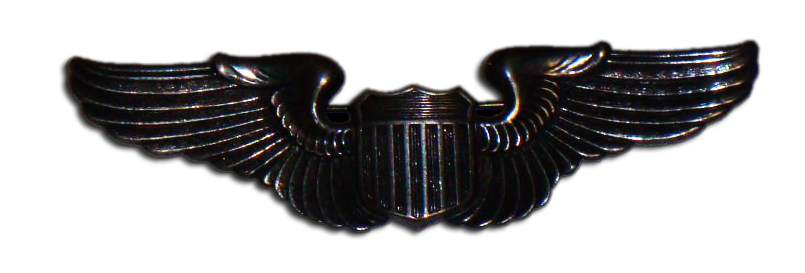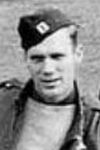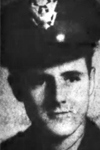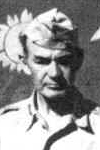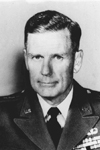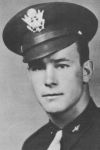Pilot Wing
Per War Department Circular 21, dated 20 February 1940, the Army Air Forces (USAAF) introduced a series of pilot badges, which remain in use to this day. The Pilot Badge was awarded at three levels: Pilot, Senior Pilot, and Command Pilot.
Between August 1941 and November 1942, the Enlisted Aviator program was revived. Candidates had to be at least 18, hold a high school diploma, and rank among the top of their class. Graduates became Flight Staff Sergeants or Flight Technical Sergeants, wearing the same pilot wings as officers, typically flying transport and auxiliary aircraft to free officer pilots for bombers and fighters. Auxiliary pilots had distinctive wings indicating their specialty. In November 1942, all enlisted pilots were promoted to Flight Officer, while cadets were ranked as Flight Officers or Second Lieutenants, based on merit.
To earn their wings, pilots needed to successfully completing flight training (primary, basic and advanced), earning an aeronautical Rating.
Description
The Pilot Wing featured a silver wings design, symbolizing flight and aeronautical expertise. At the center, an embossed shield represented the Army Air Forces, distinguishing it from other aviation badges. The wings extended outward, emphasizing the speed and agility of military pilots.
This design was introduced in 1919 and was hardly changed during the Second World War. There are many variations though.
